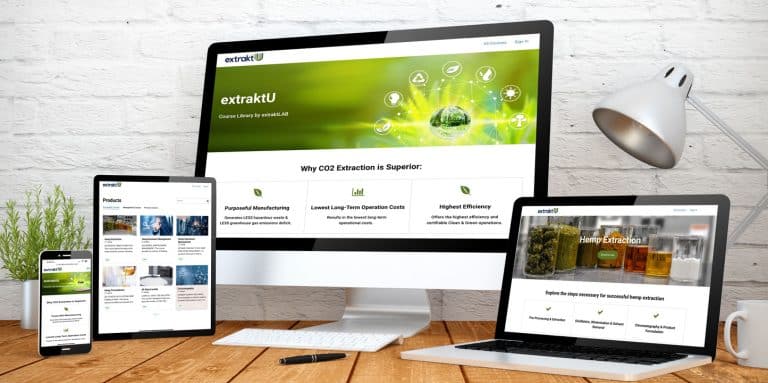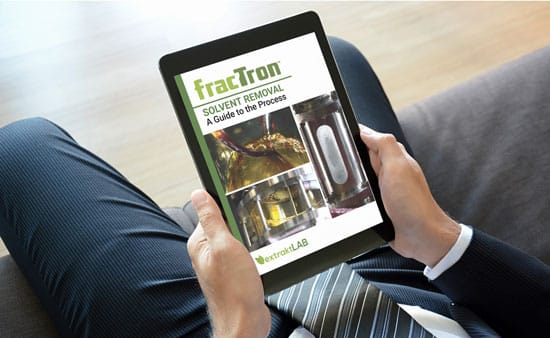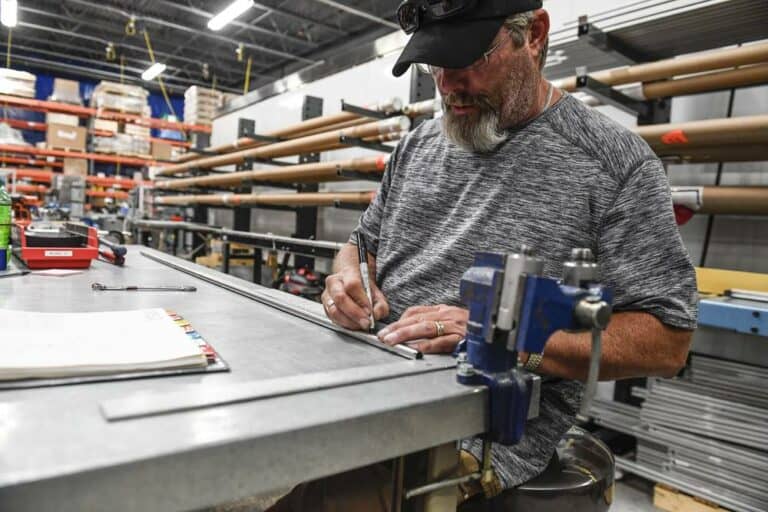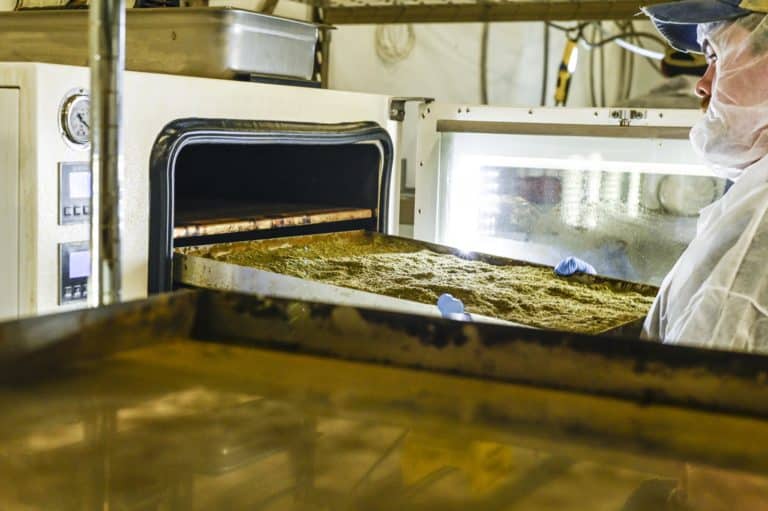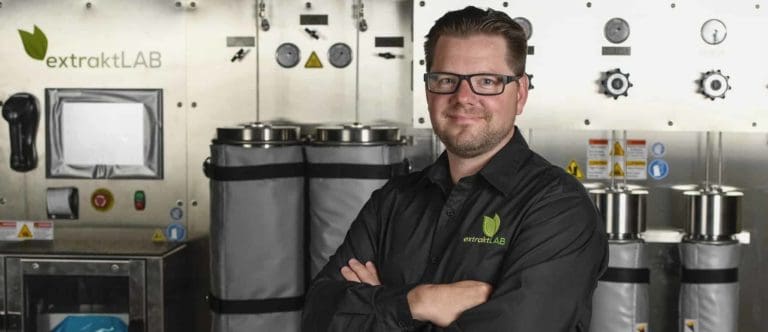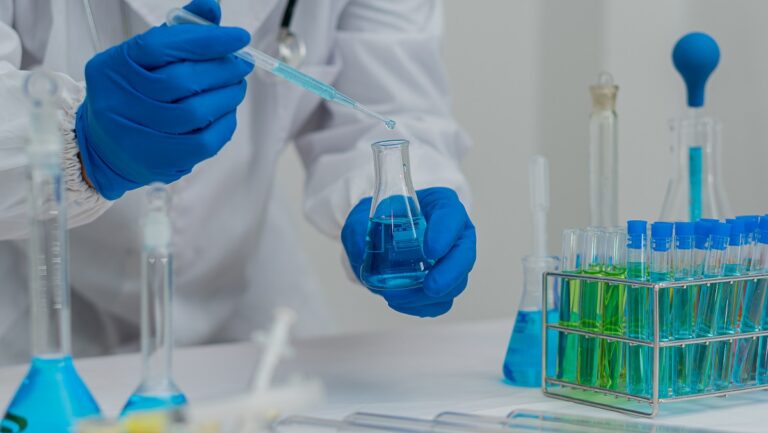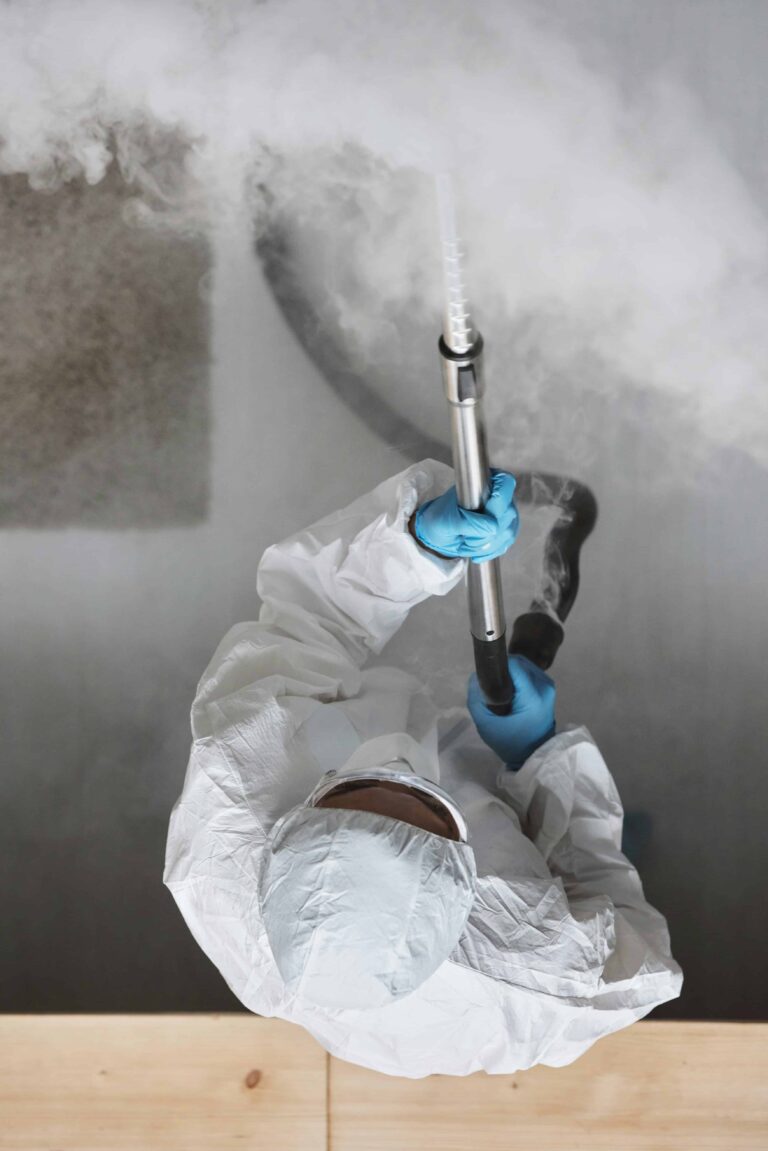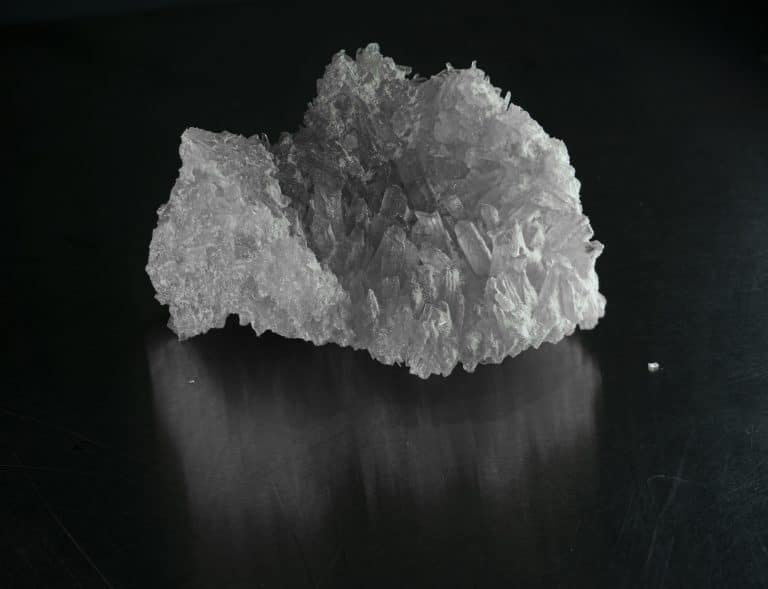What Is CBD Distillate and How Is It Made?
What Is CBD Distillate?
CBD distillate is a viscous, fluid-like product extracted from the hemp plant. The term “distillate” is used because the product is made via distillation. This process removes all impurities, leaving a distillate at a minimum of 90% pure in CBD.
CBD distillate can have many variations. For example, a full-spectrum distillate may have a full range of cannabinoids, including legal levels of THC, along with terpenes, flavonoids, and other plant compounds. Another form of CBD distillate is broad spectrum. While very similar to full spectrum, broad spectrum CBD distillate will have a broad range of cannabinoids and other plant compounds but will specifically have the delta 9 THC removed.
CBD Distillate vs. CBD Isolate
Understanding the differences between CBD distillate and CBD isolate helps in making informed decisions about cannabinoid use. When examining the purity, CBD isolate soars to nearly 99% pure cannabidiol. This substance manifests as a crystalline powder undergoing a more intense filtration to remove all other components. Due to its refined form, it offers consistency and ease of dosage measurement.
Distillate may retain minor cannabinoids, terpenes, and flavonoids, which interact with each other and may produce a more therapeutic profile. In contrast, the isolate lacks these plant-based synergies.
The choice between CBD distillate and isolate often depends upon the user’s preferences or requirements. Those seeking a THC-free experience usually gravitate towards CBD isolate to avoid any trace amounts of the psychoactive compound. Conversely, individuals aiming for a fuller experience without high THC content might select a broad-spectrum distillate.
How is CBD Distillate Made?
In the simplest of terms, distillation is the separation of substances based on their different boiling points. A typical distillation machine will consist of a heated evaporator and a chilled condenser to collect the desired product after evaporation.
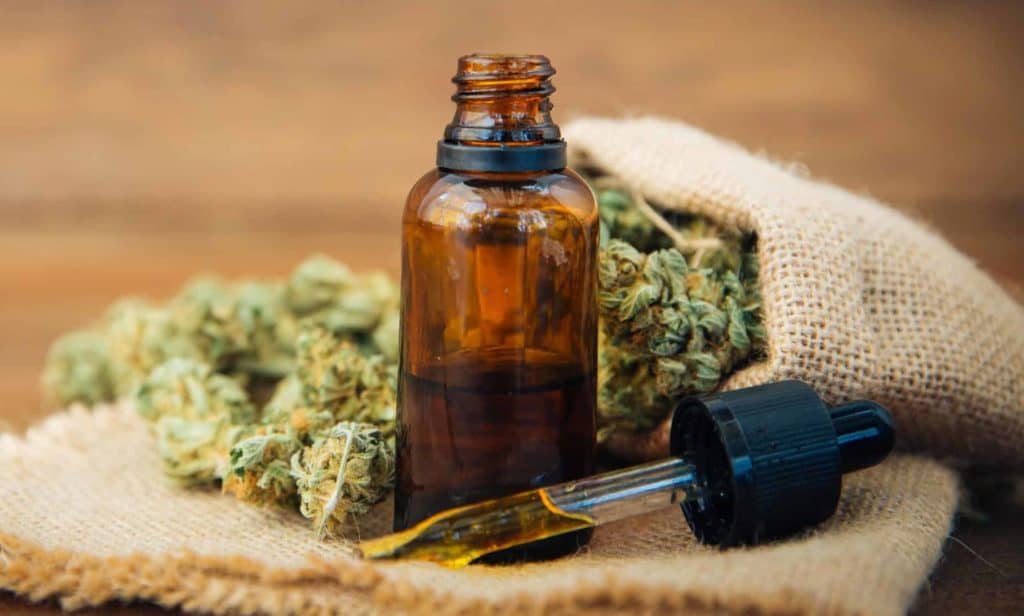
Step 1. Winterization
The oil and ethanol are chilled to less than -20℃ to remove waxes. The waxes precipitate as a solid because they are no longer soluble.
Step 2. Filtration
Filtration of the waxes and separation from the cold ethanol oil is the next step. This can be quickly and easily accomplished with a DrainDroyd. The DrainDroyd is a simple, high-throughput filter system that separates waxes from the oil.
Step 3. Solvent Removal
Solvent removal is necessary to recover or remove solvent from CBD oil after ethanol extraction or winterization. A rotary evaporator, commonly referred to as a “rotovap,” is a common way to recover solvents. The equipment uses a rotating round bottom flask, vacuum pump, heating bath, chilled condensation surface, and collecting flask.
Equipment For Distillation
To get a golden clear CBD distillate, residual plant matter, terpenes, and organic compounds must be separated from the CBD. A short-path wiped film distillation machine is the preferred way to get this done.
While standard short-path equipment is capable of large quantity solvent removal, creating a CBD distillate that is both potent and safe for customers is reliant on removing as many undesirable compounds from the mixture as possible. These residuals could contain materials that could reduce potency or be unsafe for consumers.

CBD Distillate Products
Manufacturers prefer CBD distillate for its purity and potency when creating various products—these range from therapeutic formulations to edibles and topicals.
Vaping: Users typically inhale vapors from a vape device, where the distillate is heated to a controlled temperature that turns it into vapor. Inhaling CBD distillate through a vaping mechanism is a popular choice for those seeking instantaneous effects.
Tinctures: Drops of CBD distillate are placed under the tongue for absorption into the bloodstream. This method provides a slower but prolonged effect.
Edibles: Integration of CBD distillate into food items offers a palatable way to consume CBD. Also offering a prolonged yet slower onset effect.
Topicals: Application onto the skin allows CBD to bypass the digestive system for localized treatment and is a common choice for targeting specific muscle or joint discomfort.
Consumers often integrate CBD distillate into their morning coffee, post-workout smoothies, or take it as a standalone supplement when considering daily use. This shows the flexibility of CBD distillate for different lifestyles and wellness goals.
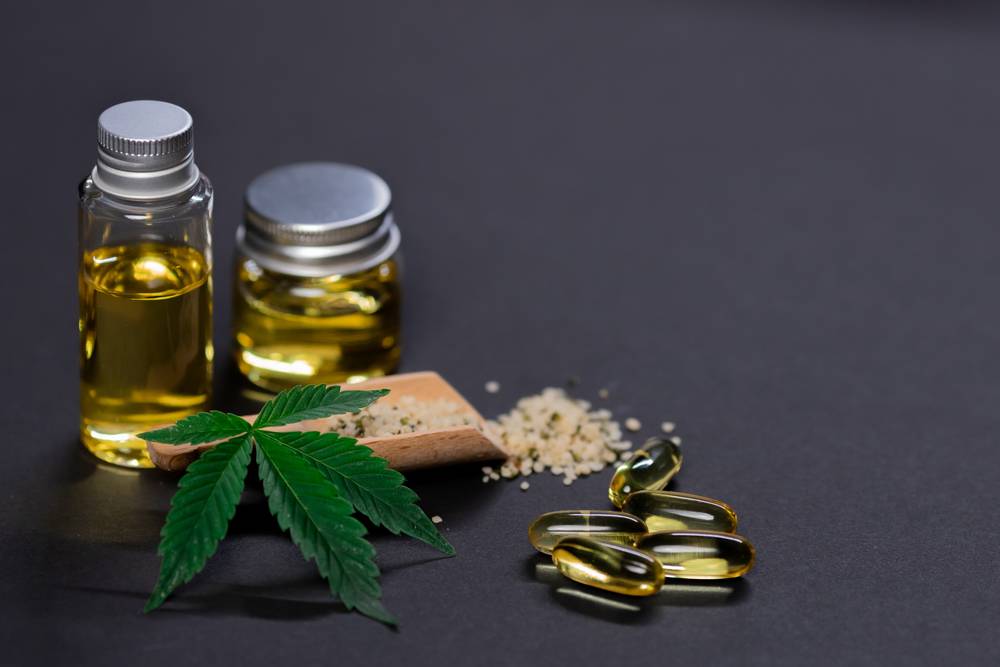
Benefits of CBD Distillate
Pure Concentration: A primary advantage of CBD distillate is its high concentration of cannabidiol. This can enhance its interaction with the body, potentially leading to stronger effects.
Versatile Use: CBD distillate’s purity makes it exceptionally adaptable, finding its way into several products, from edibles to topicals, allowing for adaptable usage to fit individual preferences and needs.
Flavor and Aroma: The refinement process of creating CBD distillate typically results in a more palatable product with less pronounced flavors and aromas, appealing to users sensitive to the taste and smell of hemp.
Minimal Psychoactive Risk: With THC completely removed, CBD distillate reduces the risk of psychoactive effects while maintaining therapeutic qualities.
The cons, however, are not to be overlooked. Due to its strict refining process, CBD distillate may lack some beneficial compounds typically found in its plant source. Its high potency also requires precise dosing; improper use might produce undesired effects. With awareness of these considerations, CBD distillate remains a favored choice for many seeking the benefits of cannabidiol.
Contact Us To Get Started Today


